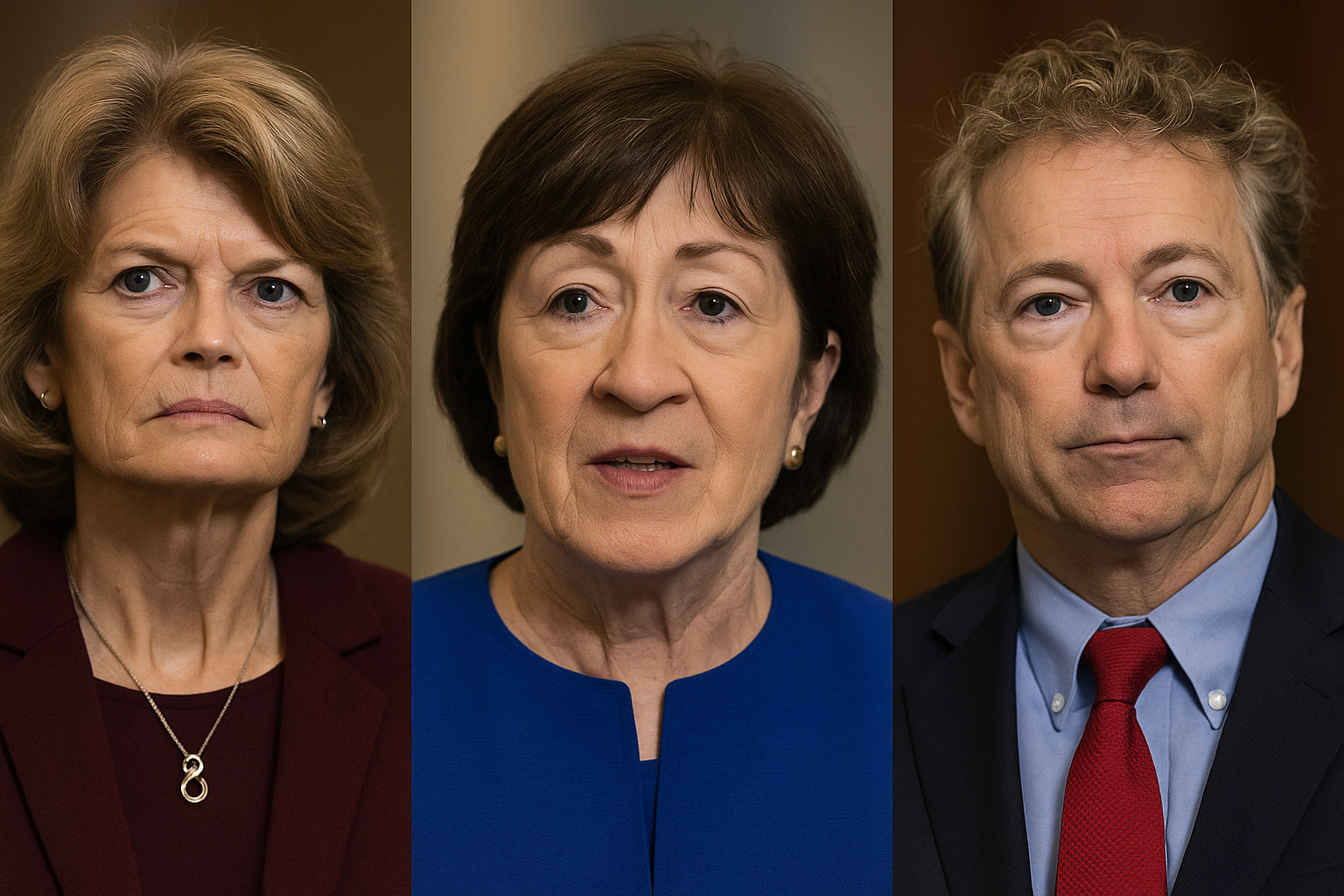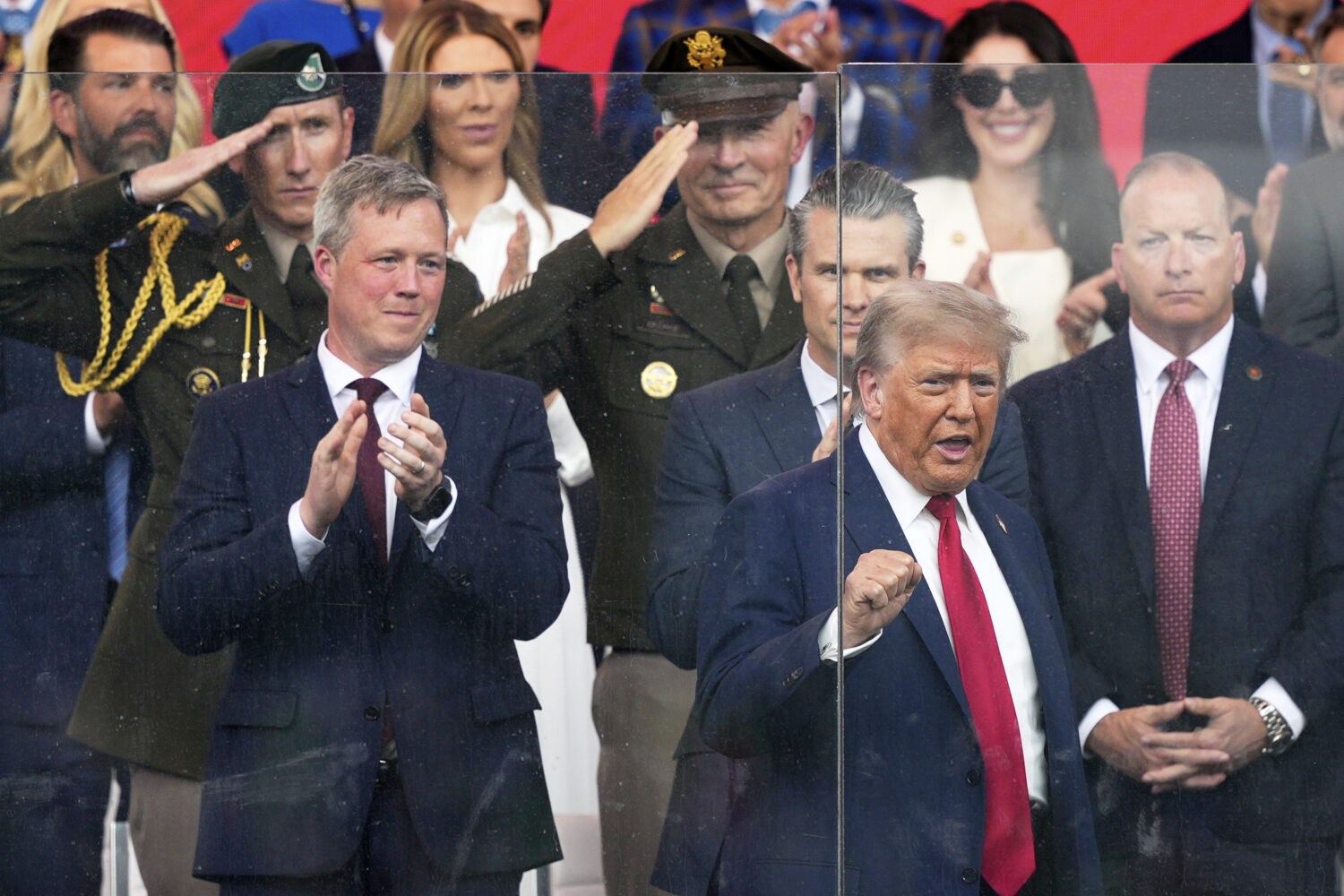Much has happened in the last 24 hours regarding the Coronavirus (Covid-19) which is expanding throughout the United States and Europe.
Here’s what we know.

The World Health Organization (W.H.O.), a specialized agency of the United Nations concerned with public health throughout the world, declared the Coronavirus a pandemic, a disease epidemic that has spread across a large region.
In a statement today, W.H.O.’s director-general, Tedros Adhanom Ghebreyesus, explains why they have taken such action.
“We have made this assessment for two main reasons: first, because of the speed and scale of transmission.
“Almost 125,000 cases have now been reported to WHO, from 118 countries and territories. In the past two weeks, the number of cases reported outside China has increased almost 13-fold, and the number of affected countries has almost tripled.
“The second reason is that despite our frequent warnings, we are deeply concerned that some countries are not approaching this threat with the level of political commitment needed to control it.
“Let me be clear: describing this as a pandemic does not mean that countries should give up. The idea that countries should shift from containment to mitigation is wrong and dangerous.
“On the contrary, we have to double down.
“This is a controllable pandemic. Countries that decide to give up on fundamental public health measures may end up with a larger problem, and a heavier burden on the health system that requires more severe measures to control.
“All countries must strike a fine balance between protecting health, preventing economic and social disruption, and respecting human rights.
“We are calling on countries to take a four-pronged strategy:
“First, prepare and be ready.
“There are still 77 countries and territories with no reported cases, and 55 countries and territories that have reported 10 cases or less.
“And all countries with cases have unaffected areas. You have an opportunity to keep it that way. Prepare your people and your health facilities. …
“Second, detect, prevent and treat.
“You can’t fight a virus if you don’t know where it is. That means robust surveillance to find, isolate, test and treat every case, to break the chains of transmission.
“Third, reduce and suppress.
“To save lives we must reduce transmission. That means finding and isolating as many cases as possible and quarantining their closest contacts. Even if you cannot stop transmission, you can slow it down and protect health facilities, old age homes and other vital areas – but only if you test all suspected cases.
“And fourth, innovate and improve.
“This is a new virus and a new situation. We’re all learning and we must all find new ways to prevent infections, save lives, and minimize impact. All countries have lessons to share.
“WHO is working day and night to support all countries.
“We have shipped supplies of personal protective equipment to 57 countries, we’re preparing to ship to a further 28, and we’ve shipped lab supplies to 120 countries. …
“We’re working with the World Economic Forum and the International Chambers of Commerce to engage the private sector. We’re also working with FIFA.
“We’re working with our colleagues across the UN system to support countries to develop their preparedness and response plans….
“…we’re all in this together.”
This website will provide additional updates from the World Health Organization as well as response actions in the U.S. as we learn more.
Comments










